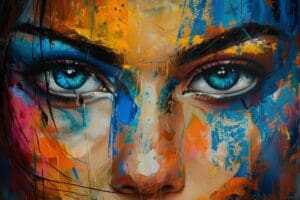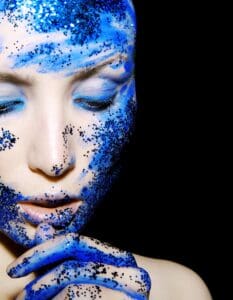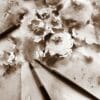As we traverse the corridors of history, the year 1901 stands out as a milestone in the evolution of art. Ireland, along with the rest of the globe, was witnessing an artistic revolution. This article transports us to a significant week in June 1901, offering a fascinating glimpse into Ireland’s unique artistic contributions and the global art world’s dynamism.
In Ireland, the tendrils of Art Nouveau were unfurling their charm. The style’s curving lines and nature-inspired motifs presented a vibrant counterpoint to the stark industrial landscape. Dublin was at the forefront of this aesthetic movement, with artists such as Harry Clarke breathing life into this design ethos through his captivating stained glass creations and book illustrations.
Internationally, the art world was transitioning from Impressionism to Post-Impressionism. Visionaries like Vincent Van Gogh and Paul Cézanne were pushing artistic boundaries, moving beyond mere representation to the exploration of deep emotional experiences and a new-found structural purity. This artistic evolution had a profound influence on the Irish art community, fuelling fresh interpretations and an artistic metamorphosis that would define the era.
Meanwhile, the Celtic Revival movement was taking root in Ireland. Key figures like W.B. Yeats were advocating the celebration and resurgence of the Celtic identity in literature, visual art, and broader culture. Art from this period, brimming with the imagery of Irish folklore and mythology, reflected the yearning for a distinct cultural identity.
The Royal Hibernian Academy, a linchpin in Irish art education, was pivotal during this period of transformation. During this week in June 1901, the academy would have been abuzz with activity as aspiring artists honed their craft under the guidance of seasoned mentors. The exhibitions of this period echoed the myriad influences shaping the Irish art world, with a mesmerising interplay of tradition and modernity.
On the international stage, this week marked the closing stages of the Paris Exposition Universelle, a global showcase of art and technology innovations. Irish artists, capitalising on this unique platform, had showcased their talent on a global stage, creating a significant milestone for Irish art’s international recognition.
Sculpture was not immune to this creative fervour. John Hughes, an eminent Irish sculptor, was achieving fame with his fusion of classical and modernist styles. His remarkable statue of Queen Victoria, which adorned the front of Leinster House, is a testament to his unique artistic vision.
Looking back, this week in 1901 was an epoch of aesthetic exploration, a fusion of tradition and innovation, and a period of national pride and global artistic exchange. The movements, exhibitions, and artists from this era have left an indelible legacy that continues to inspire and inform the contemporary art world.
At Irish Art Mart, we are dedicated to preserving and nurturing this rich history. As we delve into this pivotal week in 1901, we’re reminded of art’s immense power – as a reflection of its times and a catalyst for cultural evolution and societal advancement.
Disclaimer: The views and opinions expressed in this article do not necessarily reflect the official policy or position of Irish Artmart.





